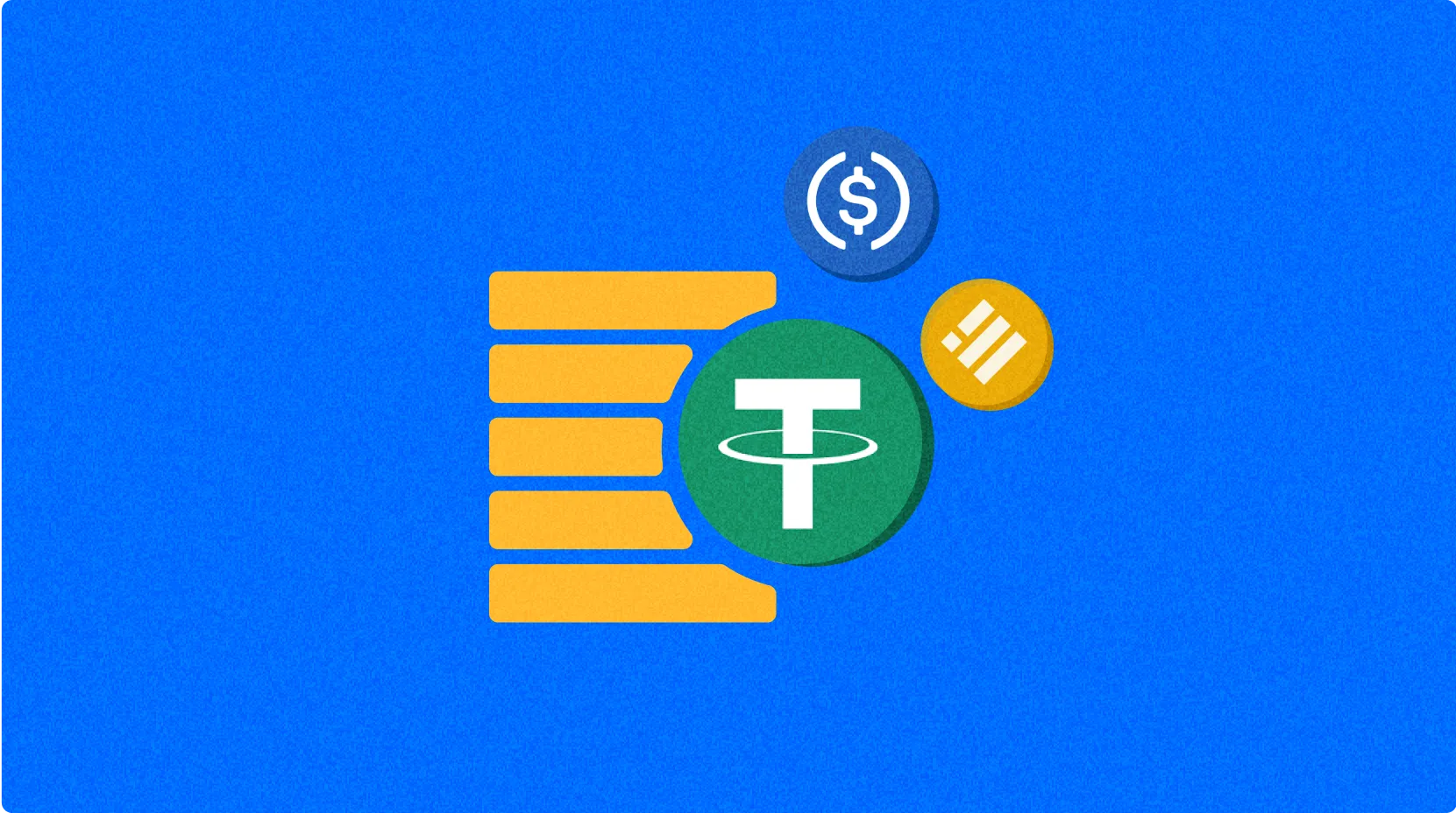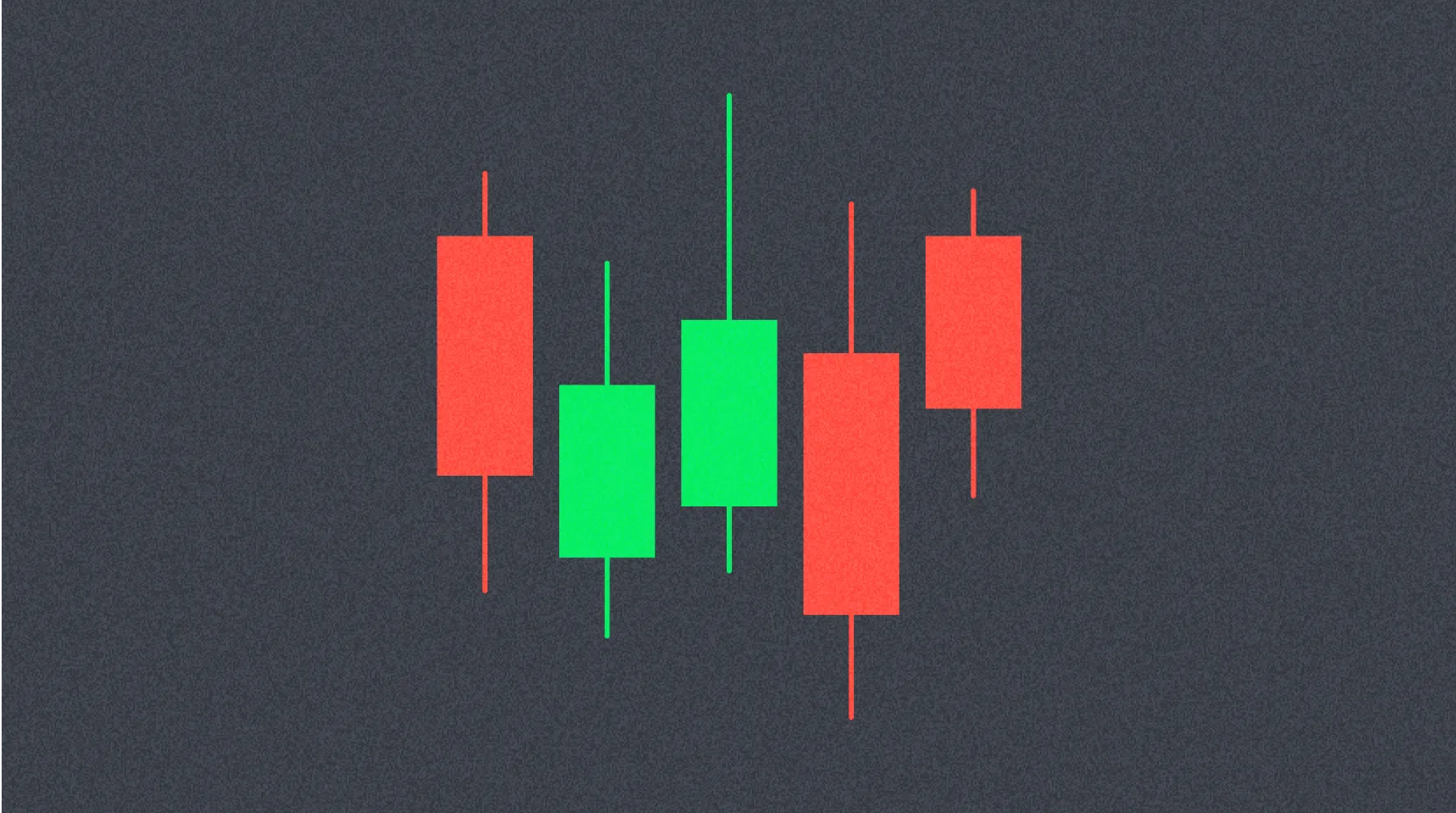Что такое смарт-контракты и как они работают на Ethereum?


Смарт-контракты - это фундаментальная особенность блокчейна Ethereum и позволяют широкому спектру децентрализованных приложений (dApps). Вот подробное объяснение того, что такое смарт-контракты и как они работают на Ethereum:
Что такое смарт-контракты?
1. Определение:
- смарт-контракты
- это цифровые контракты, которые автоматически выполняют условия соглашения при выполнении определенных условий. Они написаны в коде и хранятся на блокчейне, обеспечивая прозрачность, безопасность и неизменяемость.
- смарт-контрактыэто цифровые контракты, которые автоматически выполняют условия соглашения, когда определенные условия выполняются. Они написаны на коде и сохранены на блокчейне, обеспечивая прозрачность, безопасность и неизменяемость.
2. Основные характеристики:
- самовыполняющийсяПосле выполнения условий, указанных в контракте, контракт автоматически выполняется без необходимости вмешательства человека.
- НеизменяемыйПосле развертывания на блокчейне код смарт-контракта не может быть изменен, что гарантирует, что условия соглашения остаются неизменными.
- ПрозрачныйКод и условия смарт-контракта видны всем участникам на блокчейне, обеспечивая прозрачность и доверие.
ДецентрализованныйСмарт-контракты работают на децентрализованной сети, исключая необходимость посредников и снижая риск мошенничества или цензуры.
СамовыполняющийсяПосле выполнения условий, указанных в договоре, договор автоматически исполняется без необходимости вмешательства человека.
Неизменяемый: После развертывания на блокчейне код смарт-контракта не может быть изменен, что гарантирует, что условия соглашения остаются неизменными.
Прозрачный: Код и условия смарт-контракта видны всем участникам на блокчейне, обеспечивая прозрачность и доверие.
Децентрализованный: Смарт-контракты работают в децентрализованной сети, устраняя необходимость посредников и снижая риск мошенничества или цензуры.
Как работают смарт-контракты на Ethereum?
1. Написание смарт-контракта:
- Языки программированияСмарт-контракты на Ethereum обычно написаны на языках программирования высокого уровня, таких как
- SolidityилиVyper. Эти языки специально разработаны для написания смарт-контрактов.
КомпиляцияКод, написанный на этих языках, компилируется в байткод, который может быть выполнен виртуальной машиной Ethereum (EVM).
Языки программирования: Смарт-контракты на Ethereum обычно написаны на языках программирования высокого уровня, например, СолидитиилиVyper. Эти языки специально разработаны для написания смарт-контрактов.
Компиляция: Код, написанный на этих языках, компилируется в байткод, который может быть выполнен виртуальной машиной Ethereum (EVM).
2. Развертывание смарт-контракта:
- Транзакция: Для развертывания смарт-контракта пользователь создает транзакцию, которая включает скомпилированный байткод контракта.
Газ: Развертывание смарт-контракта требует определенного количества газа, который оплачивается в Эфире (ETH). Стоимость газа покрывает вычислительные ресурсы, необходимые для развертывания контракта.
Адрес: После развертывания смарт-контракта ему присваивается уникальный адрес на блокчейне Ethereum. Этот адрес используется для взаимодействия с контрактом.
Транзакция: Для развертывания смарт-контракта пользователь создает транзакцию, которая включает скомпилированный байткод контракта.
Газ: Для развертывания смарт-контракта требуется определенное количество газа, которое оплачивается в Эфире (ETH). Стоимость газа покрывает вычислительные ресурсы, необходимые для развертывания контракта.
Адрес: После развертывания смарт-контракта ему присваивается уникальный адрес на блокчейне Ethereum. Этот адрес используется для взаимодействия с контрактом.
3. Взаимодействие с смарт-контрактом:
Отправка транзакцийПользователи могут взаимодействовать со смарт-контрактом, отправляя транзакции на его адрес. Эти транзакции могут включать данные, которые запускают определенные функции внутри контракта.
Вызовы функций: Каждый смарт-контракт имеет функции, которые определяют его поведение. Пользователи могут вызывать эти функции, отправляя транзакции с соответствующими данными.
Исполнение: Когда транзакция отправляется в смарт-контракт, EVM выполняет код контракта. Это выполнение выполняется всеми узлами сети Ethereum, обеспечивая согласованность и безопасность.
Отправка транзакций: Пользователи могут взаимодействовать с смарт-контрактом, отправляя транзакции на его адрес. Эти транзакции могут включать данные, которые запускают определенные функции в рамках контракта.
Вызовы функций: У каждого смарт-контракта есть функции, которые определяют его поведение. Пользователи могут вызывать эти функции, отправляя транзакции с соответствующими данными.
Выполнение: При отправке транзакции на смарт-контракт EVM выполняет код контракта. Это выполнение выполняется всеми узлами в сети Ethereum, обеспечивая согласованность и безопасность.
4. Выполнение и проверка:
КонсенсусИсполнение смарт-контракта проверяется узлами сети Ethereum. Как только транзакция подтверждена и добавлена в блок, изменения состояния, вызванные выполнением контракта, записываются в блокчейн.
Изменения состоянияСмарт-контракты могут хранить и управлять состоянием, которое обновляется при выполнении функций контракта. Это состояние также неизменно после записи в блокчейн.
Консенсус: Выполнение смарт-контракта проверяется узлами сети Ethereum. Как только транзакция подтверждена и добавлена в блок, изменения состояния, вызванные выполнением контракта, записываются в блокчейн.
Изменения состояния: Смарт-контракты могут хранить и управлять состоянием, которое обновляется при выполнении функций контракта. Это состояние также остается неизменным после записи на блокчейн.
Применение смарт-контрактов
1. Децентрализованные финансы (DeFi):
Смарт-контракты используются для создания децентрализованных платформ кредитования, децентрализованных бирж (DEXs) и протоколов фарминга доходности.
Смарт-контракты используются для создания децентрализованных платформ кредитования, децентрализованных бирж (DEXs) и протоколов фарминга доходности.
2. Необоротные токены (NFT):
Смарт-контракты используются для создания и управления NFT, которые представляют собой уникальные цифровые активы, такие как произведения искусства, предметы коллекционирования и виртуальная недвижимость.
Смарт-контракты используются для создания и управления NFT, которые представляют собой уникальные цифровые активы, такие как произведения искусства, предметы коллекционирования и виртуальная недвижимость.
3. Децентрализованные автономные организации (DAO):
Смарт-контракты используются для управления DAO, обеспечивая децентрализованное принятие решений и управление.
Смарт-контракты используются для управления DAO, обеспечивая децентрализованное принятие решений и управление.
4. Управление цепочками поставок:
Смарт-контракты могут автоматизировать и отслеживать движение товаров в цепи поставок, обеспечивая прозрачность и снижая мошенничество.
Смарт-контракты могут автоматизировать и отслеживать перемещение товаров в цепочке поставок, обеспечивая прозрачность и снижая мошенничество.
5. Insurance:
Смарт-контракты могут автоматизировать процесс рассмотрения заявлений по страхованию, обеспечивая автоматическое начисление выплат при выполнении условий.
Смарт-контракты могут автоматизировать процесс рассмотрения требований по страхованию, обеспечивая автоматические выплаты при выполнении условий.
Заключение
Смарт-контракты - мощная функция блокчейна Ethereum, позволяющая автоматизировать, доверять и делать прозрачные соглашения. Они написаны в коде, развернуты на блокчейне и выполняются автоматически, когда выполняются заранее определенные условия. Эта технология является основой многих децентрализованных приложений и является ключевым фактором инноваций в сфере блокчейна.

Как добывать Ethereum в 2025 году: Полное руководство для начинающих

Ethereum 2.0 в 2025 году: Стейкинг, Масштабируемость и Влияние на окружающую среду

Что такое Ethereum: Руководство на 2025 год для крипто-энтузиастов и инвесторов

Как работает технология блокчейн Ethereum?

Анализ цены Ethereum: тенденции рынка 2025 года и влияние Web3

Цена Ethereum в 2025 году: анализ рынка и стратегии инвестирования

Тюремный срок До Квона ознаменовывает новую главу для Terra и наследия LUNA

Ответ на ежедневный тест Xenea за 14 декабря 2025 года

Руководство для начинающих по основным терминам в криптовалюте

Что такое Soulbound Tokens: новый этап развития NFT

Механизм консенсуса Tendermint в технологии блокчейн: основы и принципы работы





